Beyond the Bechdel Test: 7 Numbers That Show It’s Still Rough To Be a Woman in Film
By JORDAN ECARMA
This column is what happens when you’re a conservative feminist who loves movies. The Bechdel test is pretty basic: Does this movie have a scene where two women with names talk about something other than a guy? The point of the test is not “movies that pass this are feminist”—it’s “this is the absolute base point of whether or not women are their own people in this movie.” I attempt to go a little further each week with a deeper analysis.
I thought I would get back to basics this week and share some statistics about women who work in film. I love bringing out the positive by highlighting feminism in the films I enjoy, but looking at the industry by the numbers reveals that we still have a ways to go.
(With GIF reactions, because it’s more fun that way.)
30 percent. How many of the roles in the 100 highest-grossing movies from 2007 to 2014 were played by women, according to research from the University of Southern California. That’s roles, period. Not how many films had female leads … how many women appeared onscreen altogether.
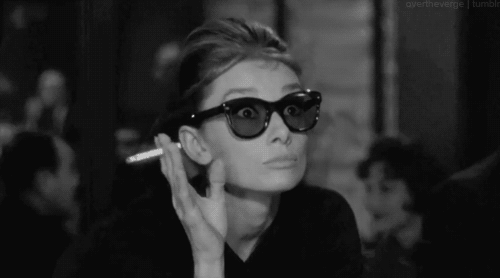
$424,668,047. The domestic gross for “Catching Fire,” the highest earner yet in the “Hunger Games” saga, a film franchise that was turned down by multiple studios—among other reasons, because it had a female protagonist.
“Kids killing kids, a young protagonist, female, and what’s with the weird name? I had people saying: ‘Couldn’t you age up the characters? Can we make the love triangle more important?’”
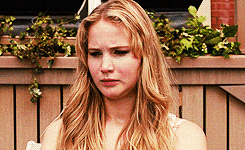
Less than 15 percent. How many British films have been directed by women … ever.
“Now we have a host of extremely well-informed, intelligent, eloquent women, both in front of and behind the camera, who clearly articulate that something isn’t working. I’m quite anxious about the word sexism, because it suggests there is a deliberate desire to exclude women, and I don’t think that’s the case. It’s more there’s an environment that doesn’t make it easy for women to be in the workplace.”
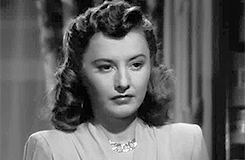
85 percent. The share of films in 2014 that had no female directors, according to San Diego State University research.
“I think there is a notion that women are not being hired as directors on big films because they are somehow riskier hires. The problem is that’s not how Hollywood works. There’s a growing list of male directors who are relative newbies and are placed at the helm of $100 million-plus films with little feature experience.”
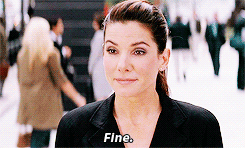
37. Maggie Gyllenhaal’s age was when she was considered “too old” to play the love interest for a 55-year-old man, according to an interview with The Wrap earlier this year.
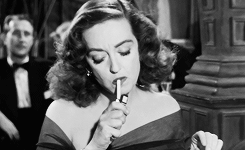
52 percent vs. 8 percent. The difference when it comes to male and female directors in 2014 movies and the writers they work with. For films directed by women, 52 percent of the writers were female. When men directed, that number shrank to just 8 percent.
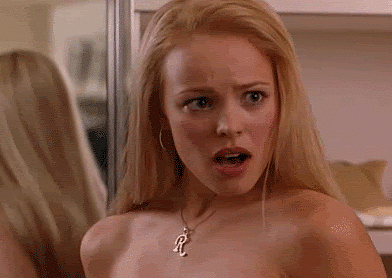
Two. How many of the last batch of Best Picture nominees passed the Bechdel test.

Jordan Ecarma is a former journalist now living the millennial dream: getting paid for writing Facebook statuses (that is, digital PR). She watches her use of the f-word (“feminism”) around conservatives and the c-word (“conservatism”) around feminists. Find her under @JordanEcarma.

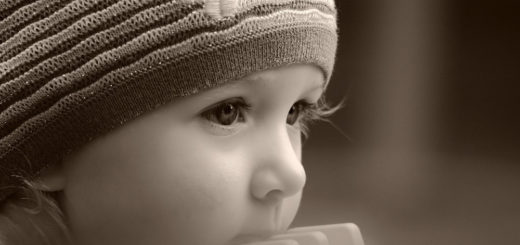

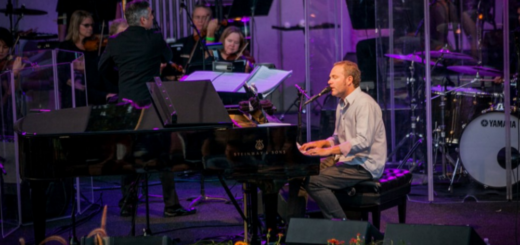
I love to watch in which a woman holds a great character and must leave some impression. I love bringing out the positive by highlighting feminism in the films I enjoy.